The Persona series has always thrived on its integration of deeper esoteric themes into its blend of turn-based RPG gameplay and social simulator elements, with the use of tarot symbolism serving as the nexus point of this connection. Characters have been directly associated with respective Arcanas of Persona since the first title in the series, and these cards tend to be indicative of a given role in the story. When it comes to the upcoming Persona 6, however, repeating that same structure once again runs the risk of making for a predictable experience.
Through how they’ve been tied into the Social Link and Confidant mechanics that P3 initially innovated, tarot archetypes act as a backbone for the conventions of the franchise. They’ve grown familiar with the current era of Persona 5 and P3R in a way that has made several character arcs feel somewhat like echoes of each other due to this, even down to the protagonist’s association with the Fool. As Atlus heads into Persona 6, taking a left turn to reevaluate the use of the deck might be the only way to keep the series as fresh as ever.
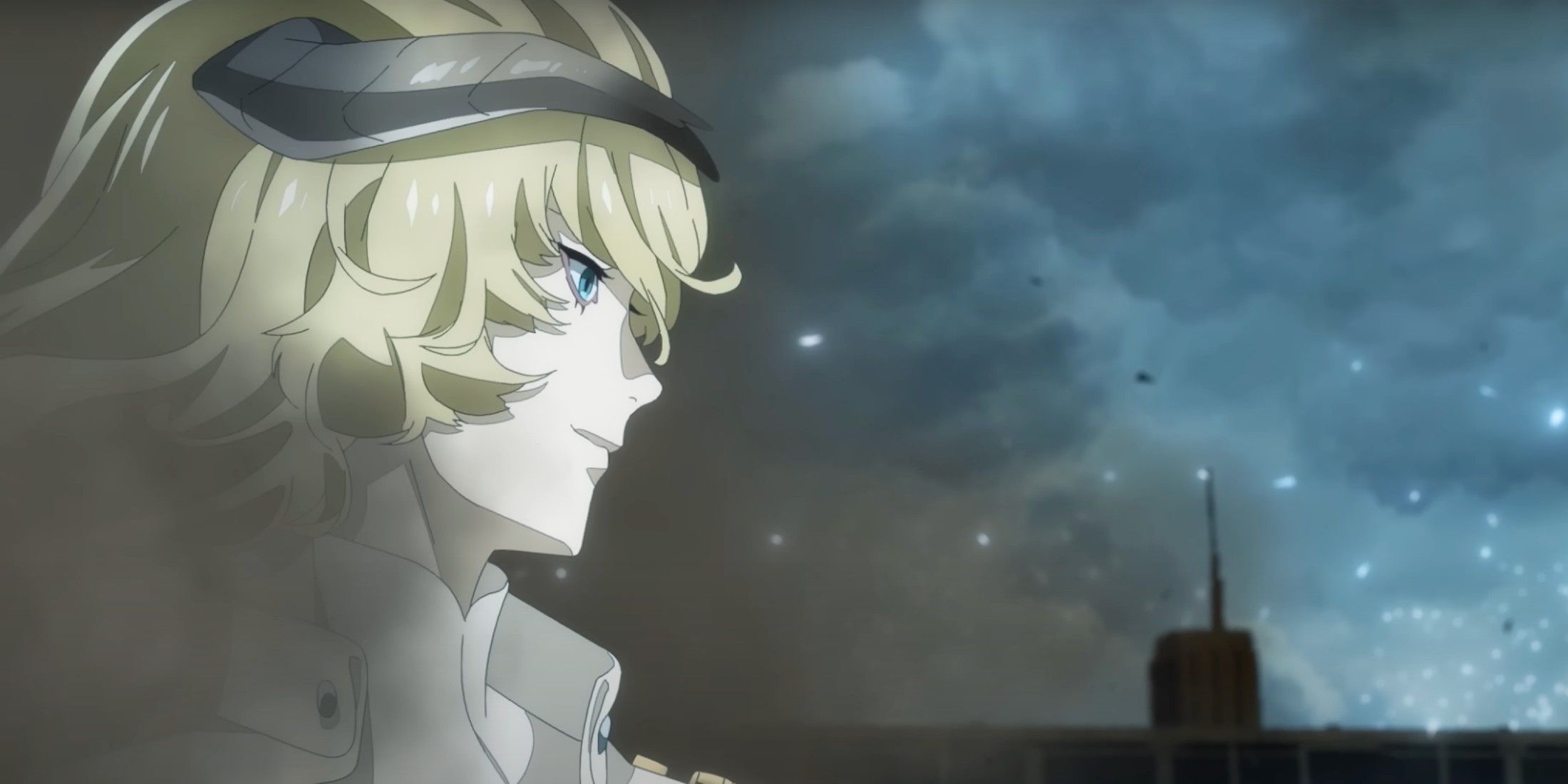
Related
Persona 6 Could Shake Up a Series Plot Trend By Following Metaphor: ReFantazio’s Lead
Though Metaphor: ReFantazio has its twists, the use of Louis as a consistent villain raises larger questions about Persona’s own adversary reveals.
The Persona Series Has Followed a Familiar Pattern Through the Roles of Its Tarot Card Archetypes
How the Casts of Different Titles Share the Same Tarots
Major Arcanas in Persona have a pattern of aligning with the stories of party members, with several of them consistently representing characters who occupy similar places. The Chariot, for example, has come to embody determined and reliable friends in the form of Chie and Ryuji alike, making a potential similar character less than surprising in P6. More substantial instances of Arcanas existing across the series include:
|
Arcana |
Persona 3 |
Persona 4 |
Persona 5 |
|
Magician |
Junpei Iori |
Yosuke Hanamura |
Morgana |
|
Priestess |
Fuuka Yamagishi |
Yukiko Amagi |
Makoto Nijima |
|
Empress |
Mitsuru Kirijo |
Margaret |
Haru Okumura |
|
Lovers |
Yukari Takeba |
Rise Kujikawa |
Ann Takamaki |
When outlining their respective tarots, it becomes evident that repeated companion archetypes are a fixture of the franchise. Magician characters are tied to the first companion met by the protagonist, while those of the Lovers are all dealing with their self-image and have become popular romances.
Persona 6 Has the Chance to Explore the Most Nuanced Use of Tarot Cards Yet
Allowing New Characters to Fully Define Themselves
Persona‘s Confidants and Social Links have played a major role in the success of the series because they operate as more than just a gameplay mechanic engaged with for rewards alone. Their ability to deepen character interactions and reflect hidden elements of their personalities shouldn’t be compromised for the sake of retaining the same classic formula, as the next entry has the chance to meaningfully ignore this pattern.
Allowing the Fool Arcana in Persona 6 to be a companion or even an antagonist could be a welcome, if extreme, twist while elevating Death or the Devil to the status of the party would be ideal for exploring a more mature tone in P6. Whatever take on the Confidant system it ends up featuring, having different major tarots to represent NPCs—at least in a novel way that hasn’t become patternable—could be equally enriching for the title outside the immediate party.
Subverting the Traditional Persona Structure Would Be a Timely Shift
Instead of adhering to the same exact mold that has proven successful before, P6 can once again embody the bold risks that have always characterized the eclectic source material the IP is based around when it comes to its party. With three series-defining Persona entries behind it that have only just prominently established a pattern of Arcanas, the sixth numbered game could be the ideal moment to break this sequence in order to keep its identity distinct.
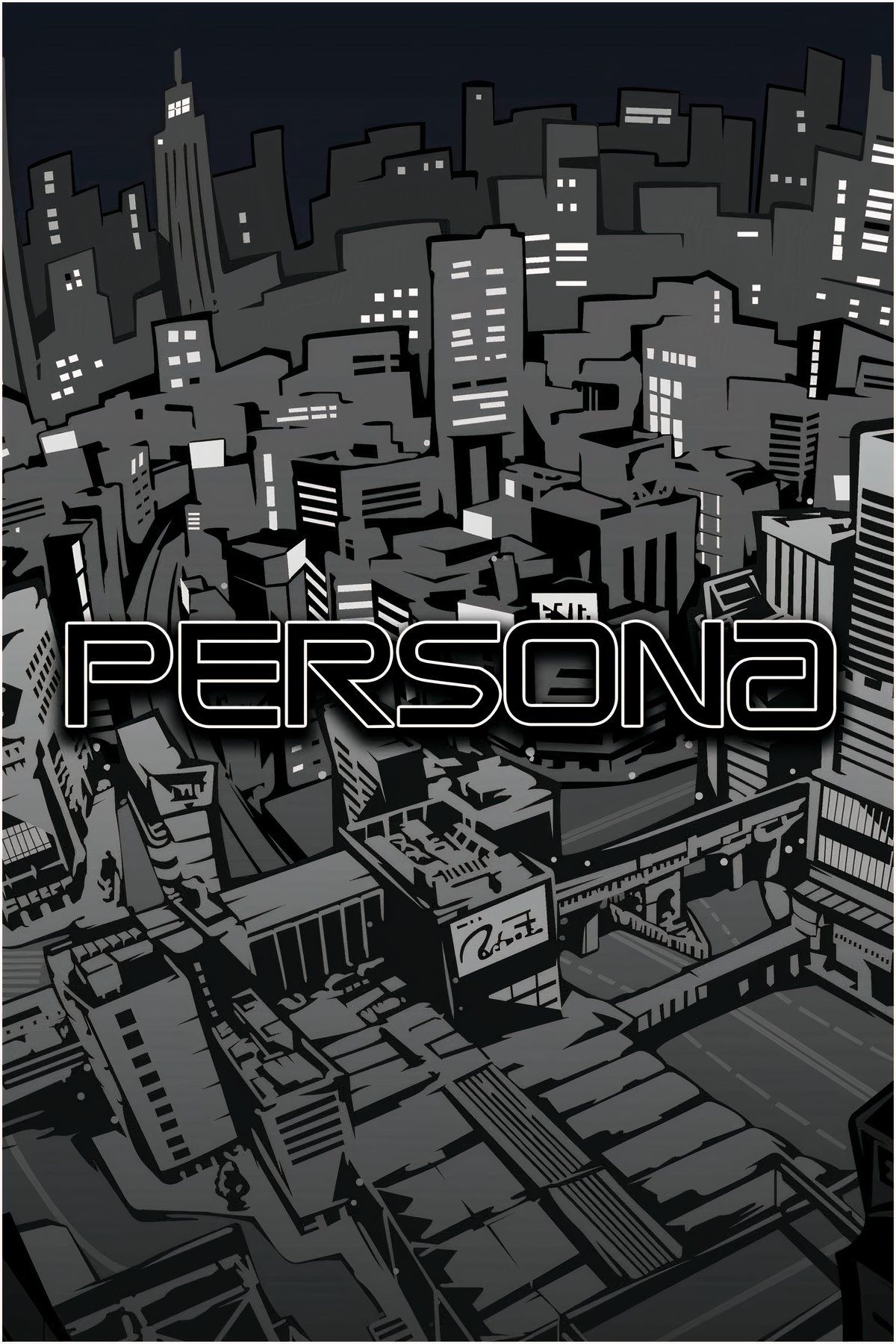
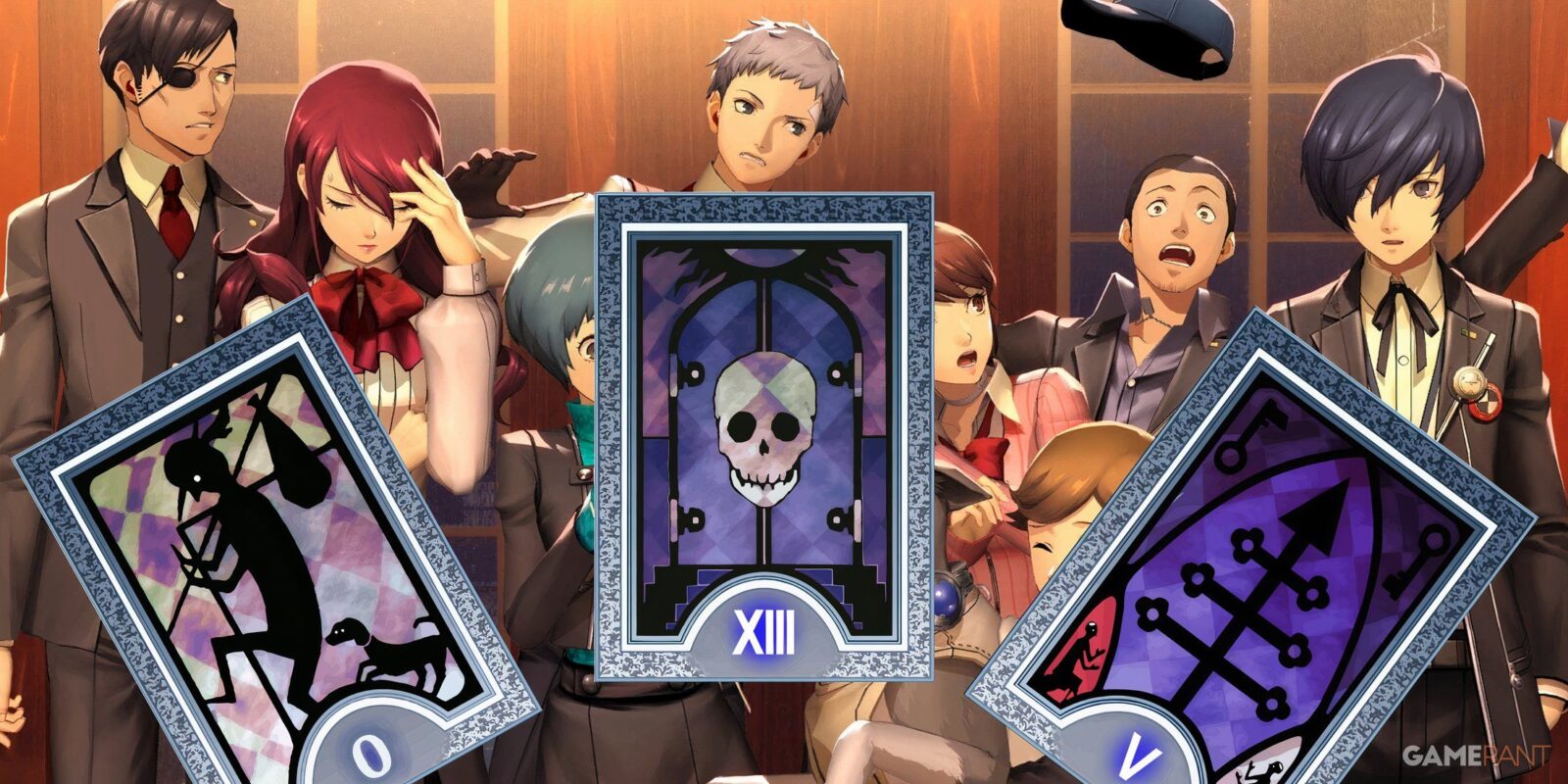

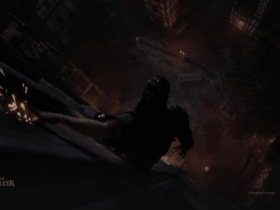

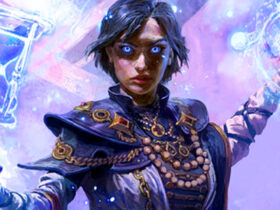
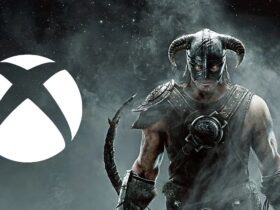
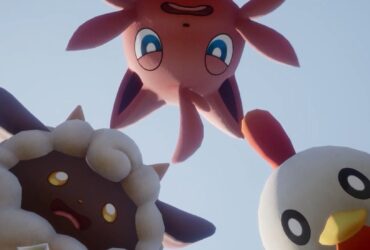


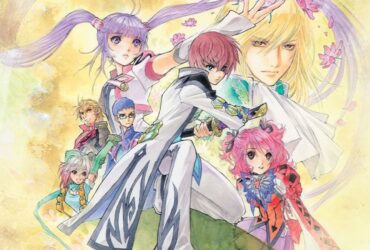

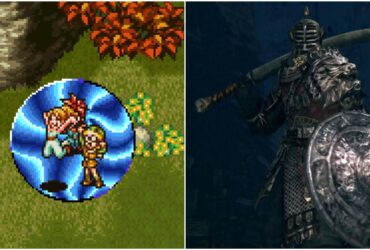
Leave a Reply